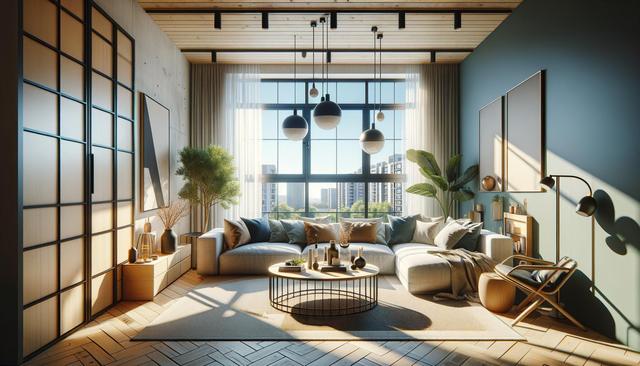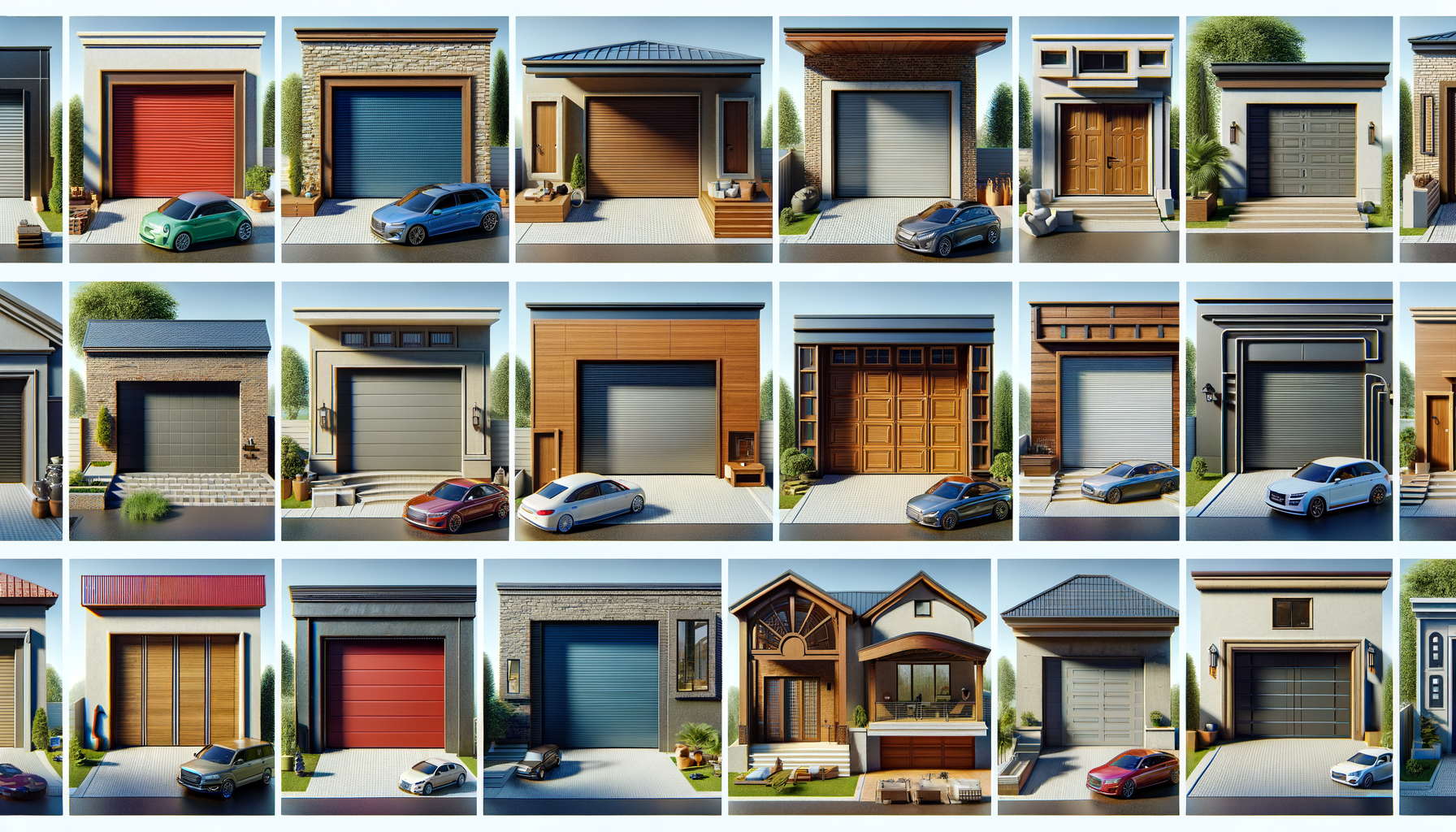Understanding What Makes an Apartment Truly Affordable
When searching for affordable apartments, it’s important to look beyond just the monthly rent. A truly affordable apartment is one that fits comfortably within your budget while also offering the features you need. This includes considering factors like utilities, maintenance costs, and transportation expenses. Renters often overlook that a lower-priced unit far from work or school can result in higher commuting costs, reducing the overall affordability. To make a smart decision, calculate your total monthly housing expenses and compare them to your income. Experts suggest spending no more than 30% of your monthly income on housing to maintain financial stability.
It’s also helpful to look at the lease terms and ask about any additional fees, such as pet deposits, parking charges, or shared utility costs. These hidden expenses can add up quickly. By understanding the complete picture, you’ll be better equipped to find apartments for rent that offer genuine value without stretching your finances.
Location Still Matters—But So Does Space
Finding affordable apartments doesn’t mean you have to compromise on location or space. In fact, many well-located properties offer spacious layouts at reasonable prices, especially if you know where and how to look. Proximity to essential services like grocery stores, public transportation, and schools can significantly enhance your quality of life. When evaluating an apartment, consider how the location affects your daily routine and whether you’re gaining or losing valuable time and convenience.
Some neighborhoods offer better value than others. Look for up-and-coming areas that are undergoing development or revitalization. These locations often provide more space at a lower cost while still being close to important amenities. Consider the following when evaluating a location:
- Walkability and access to public transport
- Nearby parks and recreational areas
- Availability of essential services like healthcare and shopping
- Community safety and future development plans
Balancing space and location is key to finding a place that feels like home without exceeding your budget.
Use Online Tools to Streamline Your Search
Technology has made it easier than ever to discover apartments that match your preferences and financial limits. Apartment search platforms allow you to filter options based on location, price range, number of bedrooms, and amenities. These tools often include virtual tours, user reviews, and neighborhood guides, helping you make informed decisions without spending hours visiting each property in person.
When using online tools, make sure to:
- Set realistic filters that match your essential needs
- Read tenant reviews to learn about management practices and community atmosphere
- Use map views to judge commute times and proximity to daily essentials
- Set alerts to be notified when new listings become available
These features can save time and ensure you’re only viewing apartments that match your criteria, increasing your chances of finding a space that suits your lifestyle and budget.
Negotiate and Compare Before Signing
Many renters don’t realize that rental terms can often be negotiated. If you find an apartment that meets your needs but is slightly above your budget, it never hurts to ask if the landlord is willing to adjust the price or include certain utilities in the rent. You can also inquire about move-in specials, reduced deposits, or flexible lease durations. Being open and respectful during negotiations can lead to mutually beneficial arrangements.
Additionally, always compare multiple listings before committing. This helps you understand what’s reasonable for the area and prevents you from rushing into a contract that may not offer the best value. Take the time to:
- Visit at least three properties before deciding
- Check what’s included in the rent (e.g., internet, water, trash)
- Inspect the apartment for maintenance issues or outdated appliances
- Review lease terms carefully to avoid unexpected restrictions or fees
Being thorough in your comparison can help you avoid costly mistakes and secure a rental that fits your needs and budget.
Think Long-Term: Planning for the Future
While it’s tempting to focus only on immediate needs, thinking ahead can lead to a more satisfying rental experience. Consider how long you plan to stay in the apartment and whether it can adapt to future needs, such as a growing family, remote work setup, or even pet ownership. Choosing a place that can accommodate small life changes reduces the likelihood of having to move too soon, saving money and effort in the long run.
Also, think about the potential for rent increases. Ask the landlord about typical annual adjustments and whether there’s room to renew the lease at the same rate. If you’re looking for stability, longer lease options might offer more predictable housing costs. Planning for the long-term includes:
- Understanding local rental trends and market conditions
- Checking the apartment’s upkeep and structural condition
- Evaluating the responsiveness of property management
- Factoring in the apartment’s flexibility for future life changes
By keeping a forward-thinking mindset, you’ll be more likely to find an apartment that continues to serve you well beyond the initial move-in.
Final Thoughts: Smart Searching Leads to Satisfying Living
Searching for an affordable apartment doesn’t have to be overwhelming. By focusing on total housing costs, balancing space and location, using digital tools, and planning ahead, you can find a rental that meets your needs both now and in the future. Remember to stay patient, flexible, and proactive throughout your search. With a clear understanding of your priorities and a well-informed approach, discovering apartments with great space and convenient locations is entirely within reach.




Leave a Reply